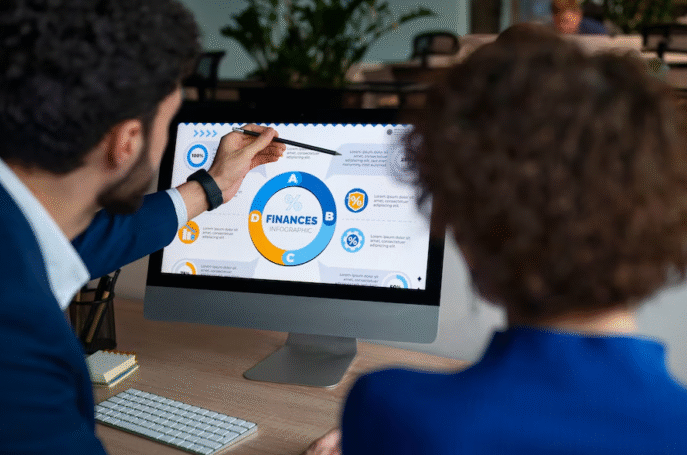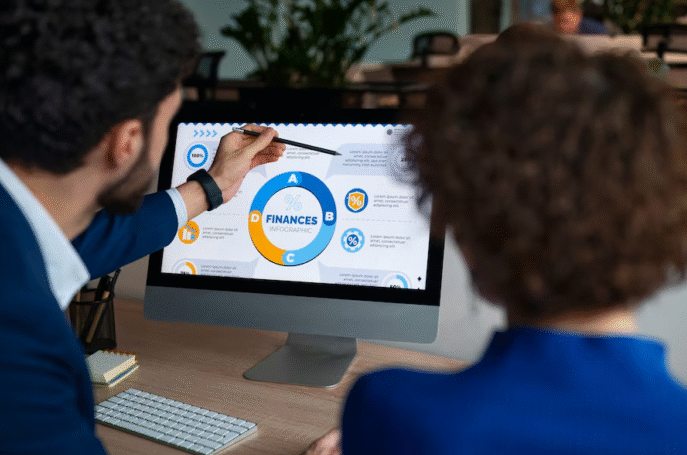Getting started in the world of trading can feel overwhelming for newcomers. From understanding market movements to choosing the right platform, there’s a lot to learn. Fortunately, there are ways to gain hands-on experience without risking any money upfront. One of the most effective methods is through demo trading — a practice environment that mimics real market conditions. This guide explores how beginners can use demo accounts to build confidence and improve their skills in the realm of online forex trading.
What Is Risk-Free Practice in Trading?
Risk-free trading simply means using a simulation or demo account to experience market scenarios without investing real money. These demo accounts are widely offered by trading platforms and serve as a training ground for beginners. The goal is to allow users to explore strategies, understand technical tools, and get comfortable with market fluctuations before moving into live trading environments.
Why Demo Accounts Are Essential for Beginners
A demo account is more than just a practice tool — it’s a vital part of the learning journey. It helps users understand how the market operates, how orders are placed, and how emotions play a role in trading decisions. Mistakes made in a demo environment don’t come with financial losses, making it the ideal space to experiment and learn.
Another key benefit is that these platforms simulate live market data, providing an authentic trading experience. This is especially useful for those diving into application trading forex tools, where timing and precision are crucial.
How to Get Started with a Demo Account
Getting started with a demo account is easy. Most platforms offer quick sign-ups that allow immediate access to virtual trading environments. Once logged in, users typically receive a set amount of virtual currency to use. From there, they can navigate charts, test out trades, and adjust positions as they would in real-time markets.
Here are a few steps to guide the process:
- Choose a platform that offers a demo version with live market simulation.
- Create an account and select the demo trading option.
- Familiarize yourself with the platform’s features, such as indicators and order types.
- Start placing trades based on market research and chart patterns.
- Evaluate your trades and refine your strategy based on outcomes.
Practicing Trading Strategies Without the Pressure
One of the greatest advantages of demo accounts is the ability to test various trading strategies. Whether you’re interested in day trading, swing trading, or long-term investing, a demo platform lets you explore each style in a risk-free environment. For those new to application trading forex, it’s a valuable way to master the technical side of executing trades through mobile or desktop apps.
This phase is also an opportunity to learn about money management, position sizing, and controlling emotional responses — all of which are essential for long-term success in trading.
When to Transition from Demo to Real Trading
Once you’re consistently making virtual profits and understand how trading works, it may be time to switch to live trading. Start small and continue learning as you go. Remember, trading with real money can feel different emotionally, so stay disciplined and manage risk carefully.
Conclusion
Practicing in a demo environment provides beginners with a solid foundation to approach live markets with confidence. With realistic simulations and tools tailored for learning, these accounts offer the perfect starting point. Whether you’re exploring the basics of online forex trading or sharpening your skills with application trading forex, a demo account bridges the gap between theory and practice.
For those seeking a reliable platform to begin this journey, BtcDana Global offers an intuitive and secure trading experience. From practice accounts to real-time insights across multiple assets, it stands as a trusted option for anyone looking to start smart in today’s financial markets.







Comments